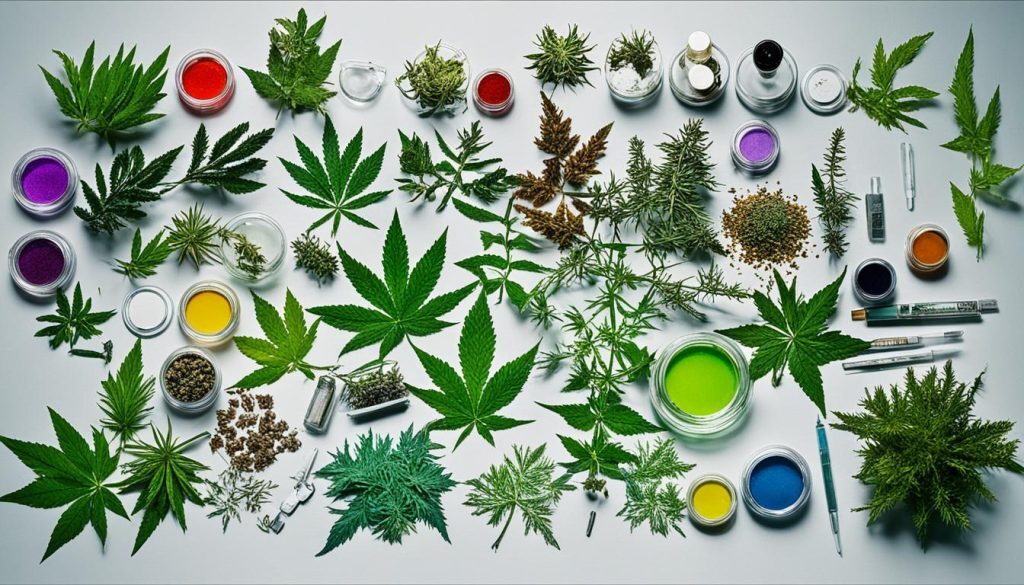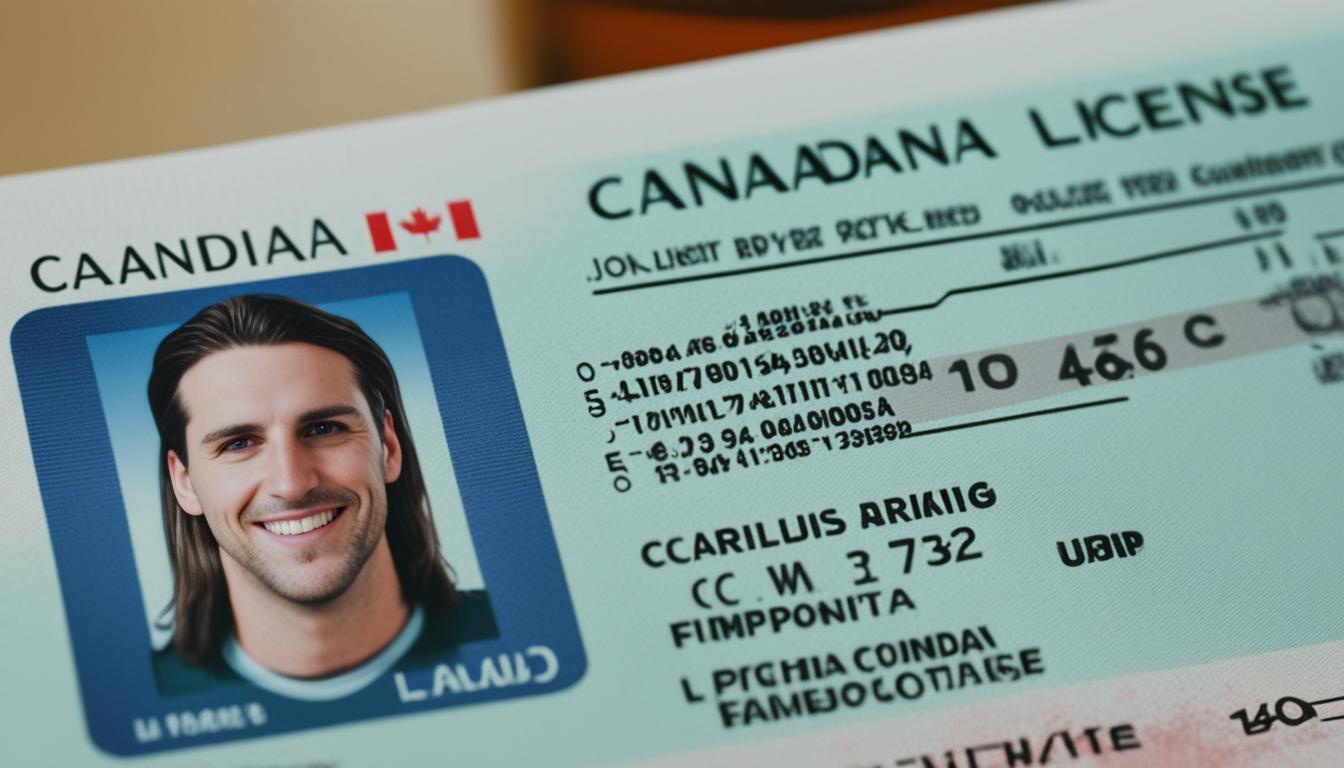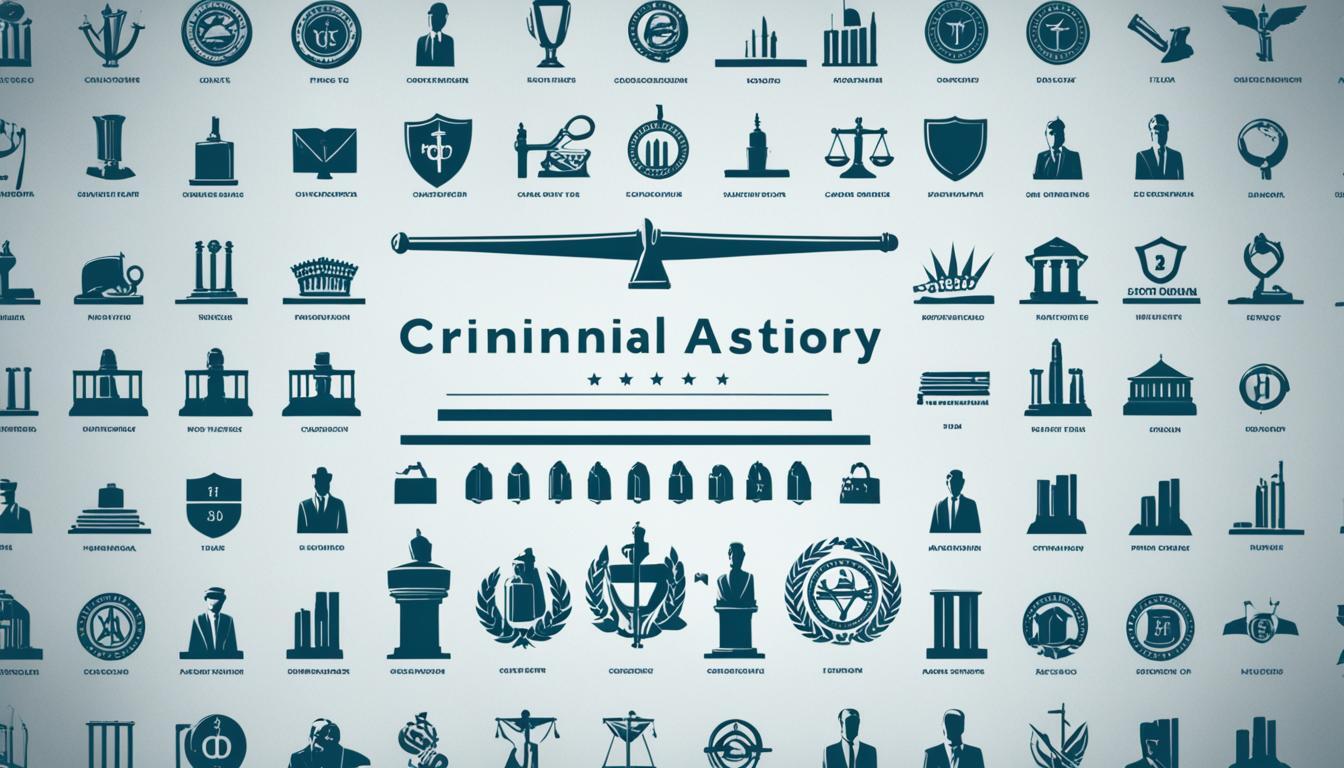Illegal Drugs in Canada: Comprehensive List & Info
Did you know that drug-impaired driving is a leading cause of criminal deaths and injuries in Canada? In fact, the percentage of drivers killed in vehicle crashes who test positive for drugs now exceeds those who test positive for alcohol.
Canada has strict laws regarding illegal drugs, and it is crucial to understand what substances are considered prohibited in the country. From stimulants like cocaine and crack to opioids like fentanyl and heroin, there are various controlled substances that pose significant health risks to individuals.
In this article, I will provide you with a comprehensive list and information about the illegal drugs in Canada, their effects, risks, and the government’s approach to addressing this issue. It is important to be well-informed to make responsible choices and prioritize your safety and well-being.
Key Takeaways:
- Canada has strict laws regarding illegal drugs.
- Some prohibited substances include cocaine, heroin, fentanyl, LSD, and methamphetamine.
- Illegal drugs pose significant health risks and can lead to addiction, overdose, and even death.
- The Canadian government takes a comprehensive approach to address the issue, focusing on prevention, education, and substance controls.
- Drug stigma awareness and alternatives to criminal penalties for simple drug possession are also part of the government’s response.
Types of Illegal Drugs in Canada
Canada is home to various types of illegal drugs that are prohibited by law. Being aware of these substances and their effects is crucial in ensuring the well-being and safety of individuals. Here are some of the common types of illegal drugs in Canada:
- Stimulants:
- Cocaine and Crack
- Benzodiazepines
- LSD (Lysergic Acid Diethylamide)
- Magic Mushrooms
- Fentanyl
- Heroin
- Methamphetamine
Each of these drugs has its own unique effects and risks when used. It is essential to understand how these substances can negatively impact both physical and mental health.

| Type of Illegal Drug | Effects | Risks |
|---|---|---|
| Cocaine and Crack | Euphoria, increased energy, heightened alertness | Cardiovascular problems, addiction, paranoia |
| Benzodiazepines | Sedation, relaxation, reduced anxiety | Overdose, memory impairment, dependence |
| LSD (Lysergic Acid Diethylamide) | Hallucinations, altered perception, heightened senses | Psychological distress, flashbacks, potential accidents |
| Magic Mushrooms | Euphoria, visual hallucinations, introspection | Psychological distress, confusion, unpredictable reactions |
| Fentanyl | Pain relief, relaxation, euphoria | Overdose, respiratory depression, addiction |
| Heroin | Euphoria, pain relief, relaxation | Overdose, addiction, infectious diseases |
| Methamphetamine | Euphoria, increased energy, heightened focus | Cardiovascular problems, addiction, psychosis |
Understanding the effects and risks associated with each type of illegal drug is crucial for making informed choices and avoiding potential harm. It is essential to prioritize one’s well-being and seek help if needed when dealing with drug-related issues.
Risks and Dangers of Illegal Drugs
Illegal drugs pose significant risks and dangers to individuals who use them. The use of these substances can have severe consequences on both physical and mental health, leading to a range of health problems and even death. Addiction is a common risk associated with illicit substances, as they often contain highly addictive substances that can quickly develop a dependence.
Another significant danger of drug use is the risk of overdose. Illegal drugs are often manufactured without any regulation or quality control, which increases the likelihood of consuming a potentially lethal dose. Overdoses can have immediate and life-threatening effects, requiring immediate medical attention.
In addition to the health risks, drug use can also lead to risky behaviors and negative consequences in personal and professional life. Individuals under the influence of illicit substances may engage in dangerous activities, such as driving under the influence or engaging in risky sexual behavior. These actions can have severe consequences, including accidents, injuries, and legal troubles.
It is crucial for individuals to understand the risks associated with illegal drugs and make informed decisions to prioritize their safety and well-being. Seeking help from healthcare professionals, support groups, and addiction treatment centers can provide the necessary support and guidance in overcoming drug addiction and reducing the risks associated with drug use.

The Government’s Approach to Illegal Drugs in Canada
The Canadian government takes a comprehensive approach to address illegal drugs. Health agencies like Health Canada and the Public Health Agency of Canada provide information on the risks and harms associated with controlled substances.
- Prevention and Education: The government focuses on raising awareness about the dangers of illegal drugs through educational campaigns and community programs. By promoting drug prevention strategies in Canada, they aim to equip individuals with the knowledge and skills needed to make informed decisions about substance use.
- Evidence-Based Strategies: Policies and initiatives are developed based on scientific research and evidence. This ensures that interventions and programs are effective in reducing drug-related harm and promoting positive health outcomes.
- Substance Use Services and Support: The government recognizes the importance of providing accessible and comprehensive support for individuals struggling with drug addiction. They collaborate with healthcare providers, community organizations, and treatment centers to offer a range of services, including counseling, detoxification, and rehabilitation programs.
- Substance Controls: Canadian drug policies include regulations and legislation that control the production, distribution, and sale of illegal drugs. These measures help to reduce the availability and accessibility of illicit substances.
Efforts are made to reduce the supply and demand for illegal drugs, while also considering public safety priorities. The government’s response to illegal drugs in Canada aims to protect the well-being of individuals and promote a healthier society.
Alternatives to Criminal Penalties for Simple Drug Possession
Recognizing the toll of the overdose crisis and the need for a different approach, the Canadian government has implemented alternatives to criminal penalties for simple drug possession. In British Columbia, from January 31, 2023, to January 31, 2026, adults (18 and over) are not subject to criminal charges for the possession of up to 2.5 grams of certain illegal drugs for personal use. This exemption is part of a comprehensive response to the public health crisis and aims to provide supportive and trusted relationships in health and social services.
Diversion programs for drug users are an important component of these alternative approaches. Instead of incarceration, individuals found in possession of illicit substances may be eligible for community-based programs that focus on rehabilitation, treatment, and addressing the underlying issues that contribute to drug use.
Diversion Programs for Drug Users
In these diversion programs, individuals have the opportunity to participate in counseling, therapy, and educational sessions to better understand the consequences of drug use and develop strategies for recovery. These programs prioritize support and empowerment, aiming to break the cycle of addiction and reduce the harm associated with substance abuse.
By diverting individuals away from the criminal justice system, these programs aim to provide a more compassionate and effective response to drug possession. Rather than imposing punitive measures, diversion programs recognize drug addiction as a health issue and aim to address it through a rehabilitative and supportive approach.
| Benefits of Diversion Programs | Challenges and Considerations |
|---|---|
|
|
Drug Stigma Awareness and Law Enforcement
Drug stigma can have detrimental effects on individuals who use drugs, often preventing them from seeking the help and support they need. To address this issue, the Canadian government has implemented a free Drug Stigma Awareness Training Module specifically designed for law enforcement personnel.
This training aims to reduce the stigma faced by people who use drugs and improve interactions between police officers and individuals who use substances. By fostering understanding and empathy, law enforcement can play a pivotal role in supporting those with drug-related issues and promoting a more inclusive and compassionate approach.
Through Drug Stigma Awareness Training, law enforcement personnel gain insights into the impact of drug stigma on individuals’ lives, gaining a better understanding of the challenges and barriers they face. The training equips officers with the knowledge and skills necessary to engage with empathy and provide appropriate support to those in need.
By reducing drug stigma and encouraging a more compassionate response, law enforcement agencies can contribute to creating a safer and more inclusive community for everyone. This training module empowers officers to make a positive impact, helping to break down the barriers that prevent individuals from accessing necessary services and support.
Drug-Impaired Driving and Illegal Drugs
Drug-impaired driving is a serious issue in Canada, with drugs, including cannabis, impairing driving abilities and increasing the risk of accidents. The impact of drugs on driving abilities can lead to devastating consequences, as it is now a leading cause of criminal deaths and injuries in the country.
In fact, impaired driving statistics in Canada reveal a concerning trend. The percentage of drivers killed in vehicle crashes who test positive for drugs now exceeds those who test positive for alcohol. This highlights the urgent need for effective drug-impaired driving laws and education to address this growing problem and protect the safety of all road users.
It is essential for individuals to understand the dangers of driving under the influence of drugs and to plan ahead to avoid such situations. Prioritizing road safety means making responsible choices and refraining from driving when under the influence of drugs.
By raising awareness about the impact of drugs on driving abilities, enforcing drug-impaired driving laws, and promoting education on the topic, we can work towards reducing the incidents of drug-impaired driving and creating safer roads for everyone.
Remember, the key to minimizing the risks associated with drug-impaired driving lies in understanding the impairing effects of drugs and making responsible decisions behind the wheel.
International Cooperation in Addressing Illegal Drug Trade
Canada recognizes the global nature of the illegal drug trade and actively engages in international efforts to combat this pressing issue. Through cross-border cooperation on drug control, the Canadian Government collaborates with countries like the United States and Mexico to address the challenges posed by the illegal drug trade.
Initiatives such as the Canada-U.S. Opioids Action Plan and the North American Drug Dialogue play a pivotal role in strengthening collaborative efforts. By working together, these initiatives aim to tackle drug trafficking, reduce the supply of illegal drugs, and ultimately improve health outcomes.
Recognizing that illicit drug trade has far-reaching implications, collaboration on an international scale is vital. Canada’s commitment to international cooperation reflects its understanding that addressing the illegal drug trade requires a collective effort and a unified approach. By joining hands with other nations, we can bring about meaningful change and make significant strides in diminishing the impact of illegal drugs.
- The Role of Police in Community Safety & Unity - October 6, 2025
- Quebec Police Officer Salary Insights 2023 - July 13, 2025
- Canada Arrest Protocol: What Police Say Upon Arrest - June 12, 2025




















Post Comment